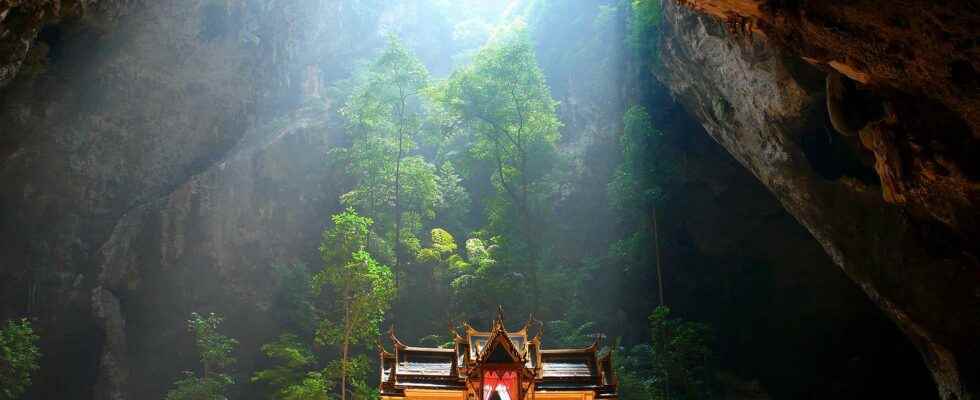Caves are generally natural underground cavities most commonly found in karst areas on earth or under water. Although they may also have been dug by human hand to provide shelter from the weather or to extract minerals precious, they are generally natural. The formation of the caves is mainly due to the action of the water which makes its way through the microfissures present in the carbonate rocks like limestone, dolomite Where chalk. It dissolves them and, over time, digs sinkholes, galleries, shafts, cavities. According to geology places, caves and chasms can appear in labyrinthine, horizontal forms but also in stages, in vertical chasms, in ducts, in siphons flooded or in basins. The caves are said to be active when the water continues to infiltrate while continuing its undermining work.
Caves are places full of ever-changing treasures. The water can cause the formation of new galleries there, cause ceilings and walls to collapse to form a sinkhole and create, for acid-base reactionsof the stalagmites or some stalactites. Although the great majority of the caves do not present any particular aesthetic interest, except for the geologists and speleologists, some reveal concretions natural beauty. The driest are home to the oldest jewels of human artistic creativity. And, for the most part, they are home to species specific animals, adapted to this constantly humid and cold environment. Journey to the Heart of the Earth discovering the most beautiful caves such as the Howe cave in New York, the Phraya Nakhon cave in Thailand, the cave of the Damselsin Hérault, the cave of Niaux, in Ariège, or the cave of Clamouse, in the Massif Central.
